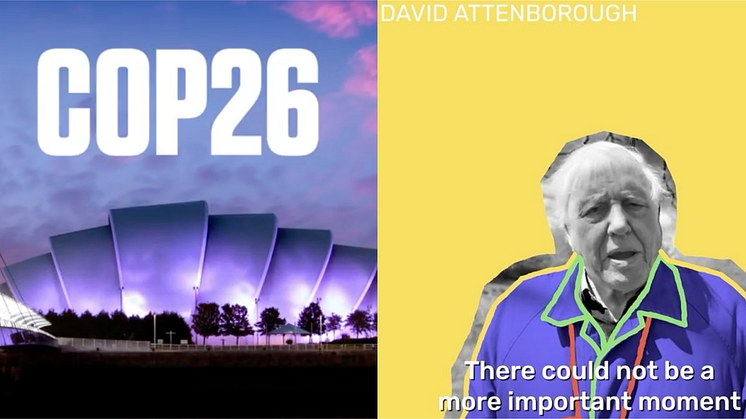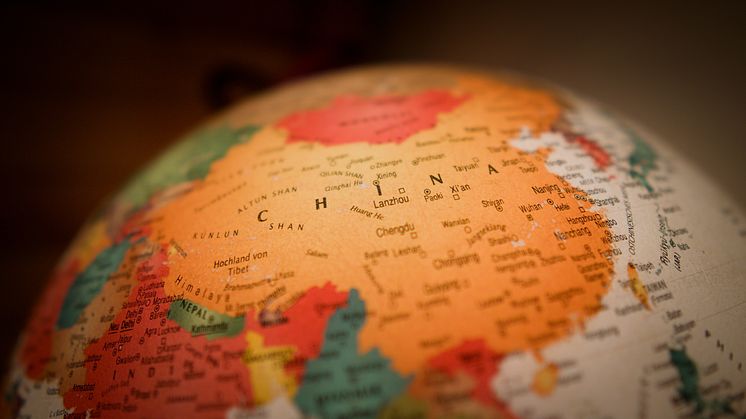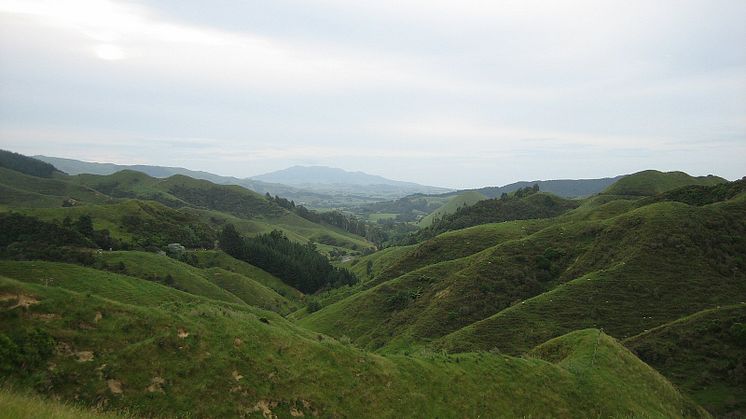
News -
With COP26 in progress, it’s time to look at the role of IP in sustainability
It’s been called the world's best last chance to get the climate crisis under control, and it’s happening right now. This week, representatives from over 190 countries gather in Glasgow for the United Nations' 26th Framework Convention on Climate Change (UNFCCC) Conference of the Parties (COP26). Even the likes of Leonardo DiCaprio, Jeff Bezos and Ellie Goulding are expected, and esteemed figures including David Attenborough and Jane Goodall have been named as COP26 advocates.
On the agenda: how to tackle the urgent problem of climate change, particularly through an assessment of whether countries are on track to meet previously set goals such as the one of limiting global warming to well below 2 degrees Celsius by 2100.
To meet these goals, it is necessary to rethink the way we live, produce and consume, how these choices impact the environment, and what changes can be made to create sustainability. The UN World Commission on Environment and Development defines sustainable development as “development that meets the needs of the present without compromising the ability of future generations to meet their own needs”. That means innovation is critical, and that’s where intellectual property comes into play.
Mathys & Squire, a European law firm focused on IP, states that “the conference has the power to shape trends in the upcoming years in terms of technology development, household items production, and consumption patterns. We expect new industries to form as the green economy continues to expand and is increasingly introduced in developing countries”. In an article hosted on its website, the firm asserted that the innovations that address climate change need to be protected, “and the best way to do so is in obtaining intellectual property rights”.
Similarly, researcher Viola Prifti points out in a piece published on the Intellectual Property Models for Accelerating Sustainability Transitions (IPACST) website that “IP incentivizes and protects many innovations addressing environmental challenges”. However, the reality is also much more nuanced.
The IPACST project studies different IP models and how they can help to accelerate a transition to sustainability. For example, strong IP protections help to safeguard the rights of those who invent technological innovations, enable them to benefit financially from their innovations, and spur an innovation-driven economy.
However, strong protections can also increase the prices of new technology and thus limit access to these innovations, and also impede competition and further innovation. This is particularly pertinent to developing economies.
Prifti cites the example of plant breeding: “Patents and breeder’s rights in industrialized countries have not stopped the plant breeding industry from providing plants for different uses such as food, textiles and energy. But these rights are controversial in developing countries, which struggle with food security issues and which have existing informal seed systems.”
Bearing such inequalities in mind can help to shape more equitable IP regimes. For example, Prifti mentions a seed exchange platform that allows for the free flow of seeds for research and development, and which helps to preserve traditional varieties bred by small farmers, and thus ensure biodiversity. “Knowledge-sharing based on open source principles can significantly contribute to closing the gap between countries with different developmental levels, and thus, contribute to a better world,” she concludes.
In other words, IP is certainly going to be central to new technologies that attempt to minimise harm to this planet. But to make all economies truly sustainable, we also have to consider the question of who is being harmed by not being able to access this IP, and whose innovations (such as indigenous practices) are still largely excluded from formalised IP regimes. In this, as in seeking a fruitful equilibrium with our environment, striking a balance will be key.
PitchMark helps innovators deter idea theft, so that clients get the idea but not take it. To find more about our services, visit PitchMark.net and register for free as a PitchMark member today.



